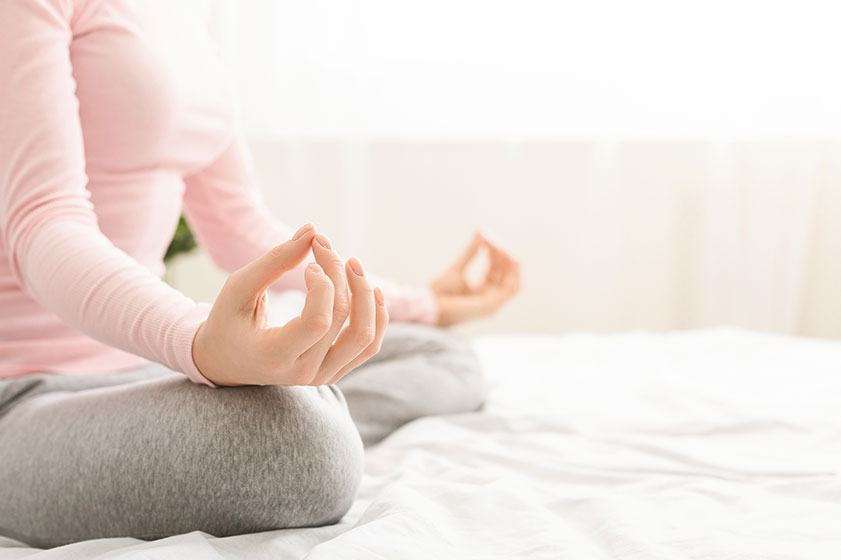As you enter your golden years, sleeping becomes increasingly difficult. Of course, it should be noted that this does not apply to every person. However, difficulty sleeping and a general decline in sleep quality is a common complaint among aged adults. Even if we ignore the biological changes that occur as we age, there are still some very genuine psychological reasons for having difficulties going to sleep. There are many factors, such as financial and emotional troubles, feelings of loneliness, the usual list of ailments that impair the physical and mental health of our loved ones, and many others. This post will discuss several workouts and activities that can help you fall asleep faster.
Exercising
The best thing our loved ones can do is plan out a daily schedule and set aside time to exercise. They should know when is the optimal workout time to get the most out of their workout. After the workout, consider a post-activity massage, the advantage is that it helps to rest the muscles after they’ve been worked out. As a result, it can contribute to a restful night of sleep.
Stretching
A little stretching exercise before bedtime will help our loved ones sleep faster and better. The program should be simple enough to induce sleep. As a result, be sure not to try any maneuvers that are too complex or physically demanding.
Walking
A stroll can assist in achieving a more normal sleep pattern. Furthermore, the body receives sleeping signals better in the evening if you exercise in the morning.
Dancing
Dancing enhances muscle memory, coordination, and balance. As a result, it’s a great nighttime pastime since it can help induce better sleep.
A Balanced Diet
The food you eat during the day has an impact on how well a person sleeps. Low-carbohydrate, high-fat diets are the best for improving sleep quality.
Meditation
Before retiring to bed, try a little meditation session. Sit up straight, knees crossed, and head slightly forward. Take a few deep breaths. Increase the lengths of your inhalation in general. After a series of deep breaths, hold your breath for one to five seconds before exhaling. Restart from one second when you reach the five-second inhalation. This rhythm trains the mind to concentrate on breathing rather than racing thoughts or stressful everyday activities. Repeat the exercise for 10 minutes.
Taking a Deep Breath Through Your Mouth
Have you ever observed that when you’re thrilled, you pant? This is because breathing via the nose is more soothing than breathing through the mouth. For this activity, block one nostril with your finger and breathe through the other nostril. Following that, you close one nostril and breathe out through the other. This breathing control method is known as Nadi Shodhana and is one of Yoga’s foundational practices.
Visualized Breathing
Visualizing the process of breathing, while you breathe, is another practice that might help you keep your mind off problems. For example, try to envision the air entering the nose as you inhale. Consider how it goes through your body, stopping at every turn before returning to the outside world when you exhale.







